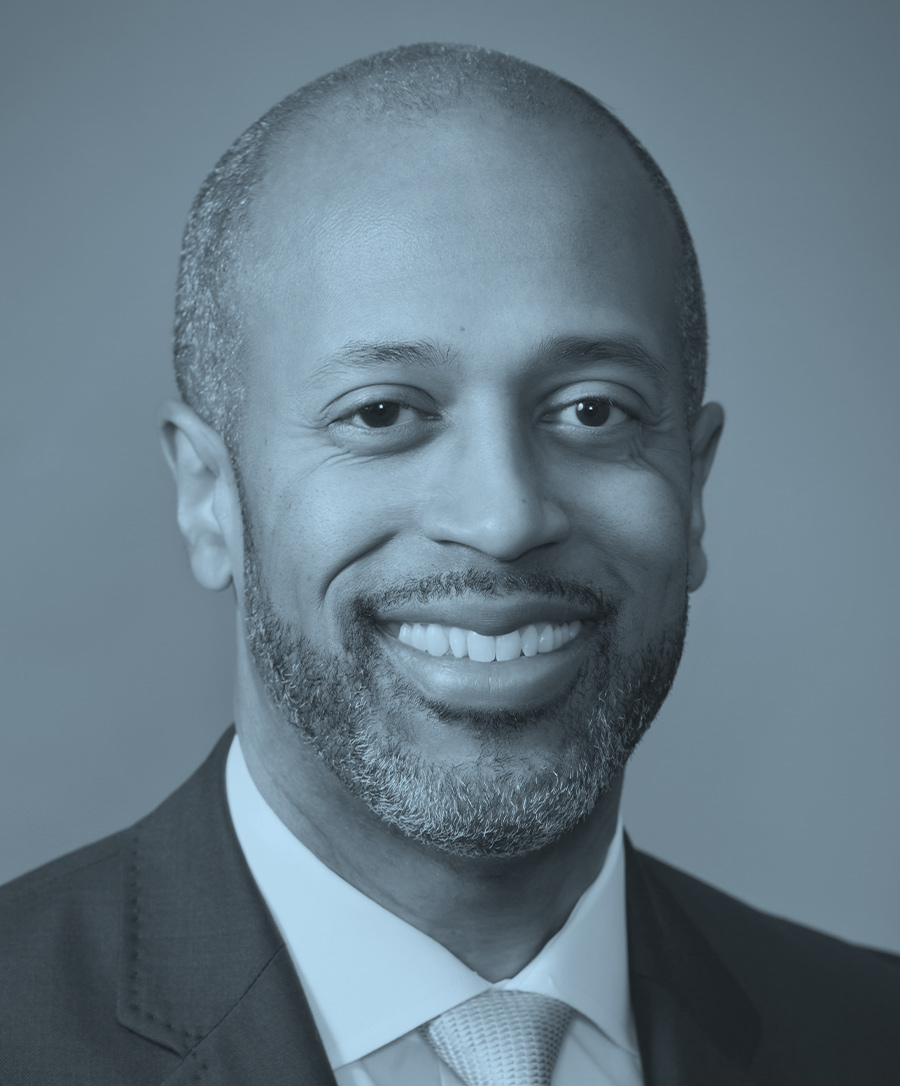Each year, the ELA issues a report of its activities for the preceding 12 months. This year, the ELA has continued to provide a unique but essential statewide perspective in response to and resolution of issues and questions raised by several ongoing cases, as well as a wide range of impactful new litigation. In California School Boards Association’s Education Legal Alliance v. California State Board of Education (SBE) for instance, the ELA filed and obtained a writ of mandate against the SBE. The court found that SBE ignored the authority of the governing boards of Napa Valley Unified School District and Napa County Office of Education to deny a charter petition and substituted its judgment for the judgment of those local boards in violation of the charter authorization appeal process set out in Assembly Bill 1505 (2019). Also, in O’Connor-Ratcliff v. Garnier, the ELA filed an amicus brief with the U.S. Supreme Court in support of appellant school board members’ appeal. Our brief urged the Supreme Court to overturn the Ninth Circuit Court of Appeals decision that a board members’ use of their private social media to communicate with the public on matters related to their public office, constitutes state action and is subject to First Amendment restrictions, even when the social media accounts are not supported, funded, directed or used with the involvement of the school district the board members represent.
With its focus on issues that have a statewide impact on schools and governance teams, the ELA stands in a unique position to pursue and defend the interests of public education. Our efforts to support our members are never static, and we continue to explore new ways to provide legal support and advocacy for member districts and COEs. Your continued support is greatly appreciated and I hope you will continue to support the ELA in its ongoing fight to represent the statewide interests of boards and students.

CEO & Executive Director,
California School Boards Association
Contents
![]() School Funding — Educational Revenue Augmentation Fund
School Funding — Educational Revenue Augmentation Fund
![]() Discrimination/Protected Employment Classes Under PERB
Discrimination/Protected Employment Classes Under PERB
![]() Salary Schedule Placement of Certificated Employees
Salary Schedule Placement of Certificated Employees
![]() Special Education — Standard for FAPE
Special Education — Standard for FAPE
![]() Special Education — Procedural Violations
Special Education — Procedural Violations
![]() First Amendment/Equal Access Act — Nondiscrimination Policies and Student Clubs
First Amendment/Equal Access Act — Nondiscrimination Policies and Student Clubs
the ELA worked directly In 2023*


What is the
Education Legal Alliance?
The ELA is funded exclusively by contributions from its members, who are also members of CSBA.

“CSBA’s Education Legal Alliance is a force multiplier for California school districts and county offices of education, providing collective reach and influence on important legal issues that exceeds the capacity of any individual member. The ELA provides constant guidance and support to local educational agencies throughout the state and also serves as plaintiff in cases of statewide importance to the financial stability, autonomy and governance capacity of LEAs. In an increasingly challenging period for public education, the ELA is reinforcing its status as an essential voice and advocate for California public schools.”
— Melissa Brown,
California Council of School Attorneys President-elect

The ELA is funded exclusively by contributions from its members, who are also members of CSBA.

— Melissa Brown,
California Council of School Attorneys President-elect

- The ELA files amicus briefs and letters in court to support its members on legal issues of statewide importance.
- The ELA initiates litigation on various issues of statewide importance and often looks to its members to serve as co-plaintiffs in those cases.
- The ELA weighs in on legislation that impacts its members on issues of statewide importance.

Committee

CSBA President
Pacific Union ESD

CSBA President-elect
Santa Clara USD

CSBA CEO & Executive Director

CSBA Director, Region 4
Eureka Union SD

CSBA Director, Region 15
Huntington Beach Union HSD

Delegate, Region 15
Garden Grove USD

County Superintendent
Placer COE

Superintendent
Garden Grove USD

Superintendent
Roseville City SD

Consultant

Consultant

Committee
Staff

Lozano Smith

Parker & Covert LLP

Dannis Woliver Kelley

Fagen Friedman & Fulfrost LLP

Atkinson, Andelson, Loya,
Ruud & Romo

Orange County
Department of Education

Sacramento County
Office of Education

General Counsel &
Chief of Staff

Deputy General Counsel

Associate General Counsel

Associate General Counsel

Paralegal
Committee

Lozano Smith

Parker & Covert LLP

Dannis Woliver Kelley

Fagen Friedman & Fulfrost LLP

Atkinson, Andelson, Loya,
Ruud & Romo

Orange County
Department of Education

Sacramento County
Office of Education
Staff

General Counsel &
Chief of Staff

Deputy General Counsel

Associate General Counsel

Associate General Counsel

Paralegal
MEMBER(S) INVOLVED: Napa Valley Unified School District
IMPORTANCE OF STATEWIDE ISSUE:

SCHOOL FUNDING — EDUCATIONAL REVENUE AUGMENTATION FUND
IMPORTANCE OF STATEWIDE ISSUE:

Coast Community College District, et al. v. Commission on State Mandates, et al. – California Supreme Court (Case No. S262663)
MEMBER(S) INVOLVED: All California school districts and county offices of education
IMPORTANCE OF STATEWIDE ISSUE:

Visalia USD v. Public Employment Relations Board – California Court of Appeal, Fifth District (Case No. F084032)
MEMBER(S) INVOLVED: Visalia Unified School District
IMPORTANCE OF STATEWIDE ISSUE:

MEMBER(S) INVOLVED: Susanville Elementary School District


SPECIAL EDUCATION — STANDARD FOR FAPE
A.O. v. Los Angeles Unified School District – Federal Court of Appeals, Ninth Circuit (Case Nos. 22-55204, 22-55226)
MEMBER(S) INVOLVED: Los Angeles Unified School District
IMPORTANCE OF STATEWIDE ISSUE:

SPECIAL EDUCATION — PROCEDURAL VIOLATIONS
D.O. v. Escondido Union School District – Federal Court of Appeals, Ninth Circuit (Case No. 19–56043)
MEMBER(S) INVOLVED: Escondido Union School District
IMPORTANCE OF STATEWIDE ISSUE:

FIRST AMENDMENT/EQUAL ACCESS ACT — NONDISCRIMINATION POLICIES AND STUDENT CLUBS
Fellowship of Christian Athletes, et al. v. San Jose Unified School District, et al. – Federal Court of Appeals, Ninth Circuit (Case No. 215827)
MEMBER(S) INVOLVED: San Jose Unified School District
IMPORTANCE OF STATEWIDE ISSUE:

FACILITY FUNDING — LEASE-LEASEBACK CONTRACTS
Davis v. Fresno Unified School District (Davis II) – California Supreme Court (Case No. S266344)
MEMBER(S) INVOLVED: Fresno Unified School District
IMPORTANCE OF STATEWIDE ISSUE:

Parcel Taxes
Traiman v. Alameda Unified School District – California Court of Appeal, First Appellate District (Case No. A164935)
MEMBER(S) INVOLVED: Alameda Unified School District
IMPORTANCE OF STATEWIDE ISSUE:

O’Connor-Ratcliff v. Garnier – United States Supreme Court (Case No. 22-324)
IMPORTANCE OF STATEWIDE ISSUE:



